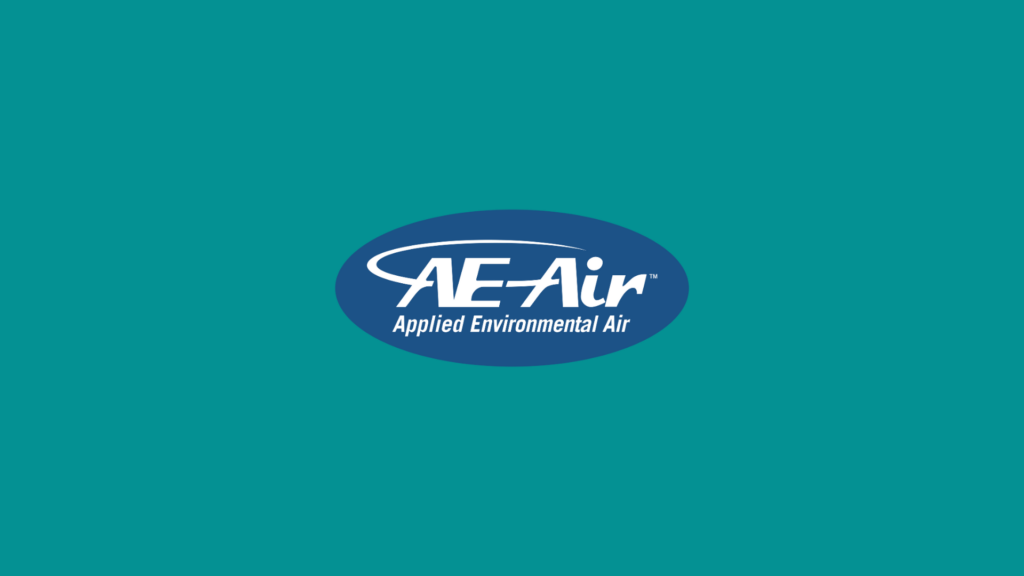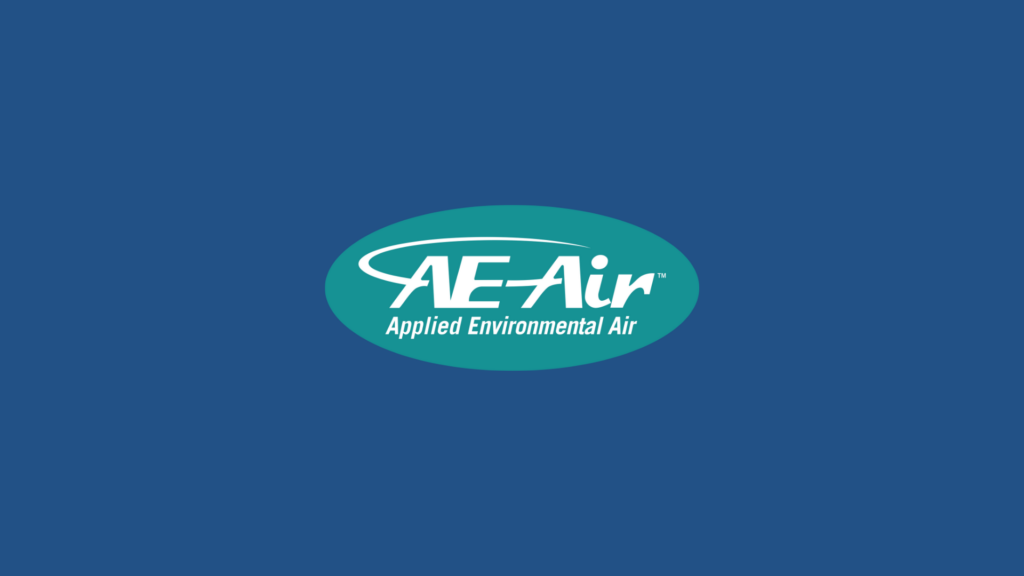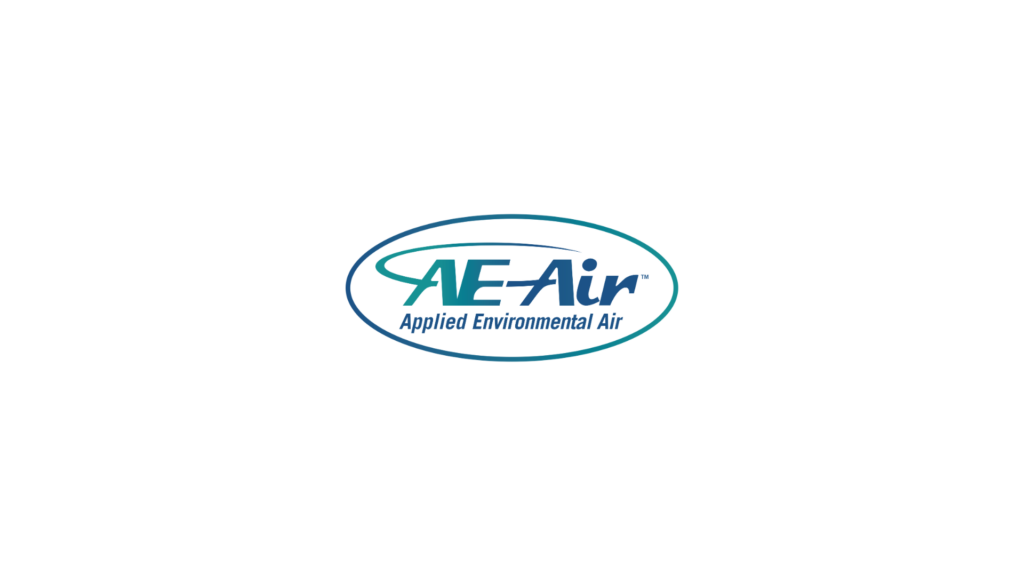In the world of construction, creating large buildings efficiently and effectively depends heavily on quality HVAC systems. These systems don’t just provide comfortable temperatures; they play a crucial role in the building’s energy efficiency. As projects scale up, the demands on these systems increase, requiring smart solutions that can keep up with both performance and budget.
At the heart of these smart solutions are specialized HVAC systems designed specifically for large-scale constructions. They offer adaptability, allowing them to meet unique challenges that come with large buildings. In this article, we’ll explore Commercial HVAC Solutions and how these tailor-made systems are engineered to meet the unpredictable needs of big projects.
The Importance of HVAC Solutions in Large-Scale Construction Projects
For developers and engineers, HVAC systems are vital in ensuring buildings are not just livable but also sustainable. They maintain air quality, regulate temperatures, and manage humidity levels—all while striving to use as little energy as possible.
1. Comfort and Efficiency: A well-designed HVAC system ensures that all parts of a building remain at comfortable temperatures throughout the year. These systems help balance the need for heating and cooling efficiently, without placing undue strain on energy resources.
2. Unique Challenges: Large-scale projects bring specific challenges such as varied climate zones within one building, vast spaces, and high occupancy rates. Specialized HVAC systems can handle these variables by adjusting airflow and temperature according to specific areas and needs.
3. Addressing Challenges: Solutions like chilled water fan coils and water source heat pumps stand out in handling varied environments. For instance, chilled water fan coils are excellent for precise temperature control in different rooms, promoting both comfort and savings on energy.
Solutions designed for large-scale projects also prioritize cost-effectiveness. By reducing energy consumption, they lower operational costs—a significant concern for large buildings. In addition, they adapt to spatial constraints and layout changes, which are common in large constructions.
In sum, HVAC systems tailored for large-scale projects are not just about managing temperatures. They respond intelligently to building demands while quietly maintaining efficiency. This adaptability is what sets specialized commercial HVAC solutions apart from standard systems, making them indispensable for any significant construction project.
Types of Commercial HVAC Solutions Available
To effectively tackle the challenges in large-scale building projects, a variety of commercial HVAC solutions are available. Each type of system comes with its own set of advantages that make it well-suited for specific architectural and environmental conditions.
Chilled water fan coils are among the top choices for large constructions. These systems work by circulating chilled water through coils to provide cooling. This method is highly efficient and allows for precise temperature control, which is especially useful in different rooms or zones where conditions may vary. By using chilled water rather than relying solely on air-based systems, these coils also reduce the load on traditional air conditioning systems, helping save energy and costs in the long run.
Water source heat pumps are another key component. Their ability to transfer heat to or from water makes them incredibly versatile. These pumps can provide both heating and cooling, offering flexibility for buildings that need to adjust their temperatures based on seasonal or regional factors. They tap into water bodies, wells, or even specially constructed thermal loops, making them adaptable to various environments.
Other essential components you might consider include air handling units and variable refrigerant flow systems. Air handling units distribute conditioned air throughout a building, while variable refrigerant flow systems allow for individual control of air zones. This adds an extra layer of efficiency, ensuring that energy isn’t wasted on unoccupied or low-priority areas.
Benefits of Customized HVAC Solutions for Large Projects
HVAC systems tailored to meet the needs of large construction projects bring several benefits that off-the-shelf solutions typically can’t offer. By designing an HVAC system around the specific requirements of a project, developers and engineers can optimize both performance and cost-effectiveness.
One of the primary advantages is energy efficiency. Customized solutions can precisely manage energy use by integrating advanced controls and sensors, ensuring that the system operates only when necessary and at the most efficient settings. This results in significant reductions in energy consumption and operating costs, making the building more sustainable and environmentally friendly.
Adaptability and scalability are also crucial benefits. As buildings grow or spaces are repurposed, the HVAC system can be adjusted to meet new demands without needing a complete overhaul. For growing projects, the ability to scale HVAC capabilities is vital in maintaining comfort and efficiency without incurring excessive costs.
To illustrate, consider a multi-story office building that undergoes frequent layout changes. A customized HVAC system can easily adapt to these new layouts, reconfiguring its ductwork and zoning without compromising performance. This ensures that each space remains comfortable for occupants, no matter how the building’s use evolves over time.
How to Choose the Right HVAC System for Your Project
Selecting the ideal HVAC system for a large-scale project requires careful consideration of several factors. Here are some key guidelines to help make an informed decision:
– Building Size and Design: Assess the square footage and layout to determine the type and capacity of the HVAC system needed. Consider the architectural design, which may influence airflow and energy distribution.
– Climate Conditions: Evaluate the local climate to understand heating and cooling needs. This will impact whether a system should prioritize cooling over heating, or vice versa.
– Energy Needs and Efficiency Goals: Identify energy efficiency targets and sustainability goals. Look for systems that meet or exceed standards for energy use while aligning with your budget.
– Future Scalability and Maintenance: Ensure that the chosen system can accommodate potential future expansions or modifications. Also, factor in ease of maintenance and availability of parts and service providers.
Consulting with HVAC professionals is always recommended to navigate these complexities. They can provide insights into the latest technologies and how they can be integrated into your project seamlessly.
Enhancing Large-Scale Projects with Strategic HVAC Systems
Implementing a specialized HVAC system in large-scale projects ensures that buildings remain both functional and comfortable. These systems not only address immediate heating and cooling needs but also adjust to growth and change within the building over time.
By carefully selecting the right commercial HVAC solution, developers can create environments that support productivity while efficiently managing energy use. This thoughtful approach guarantees that every aspect of the building’s climate control is handled with precision and care.
For more insights into optimizing HVAC systems for your large-scale construction projects, explore our range of solutions designed for efficiency and adaptability at AE Air. Discover how our commercial HVAC solutions can meet the specific requirements of your build while ensuring energy savings and unparalleled comfort.


